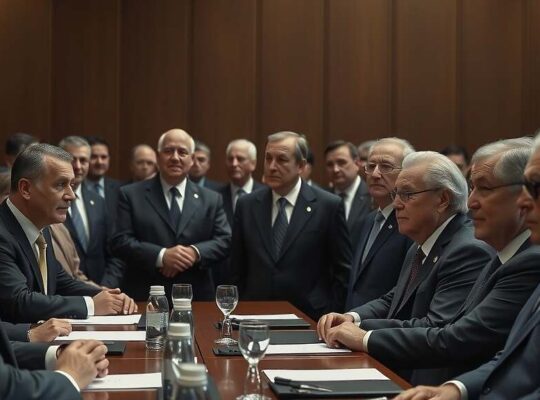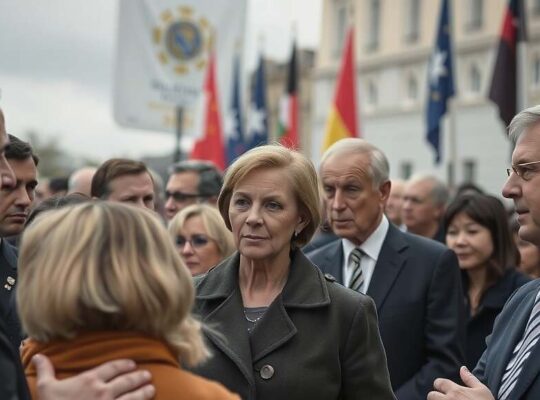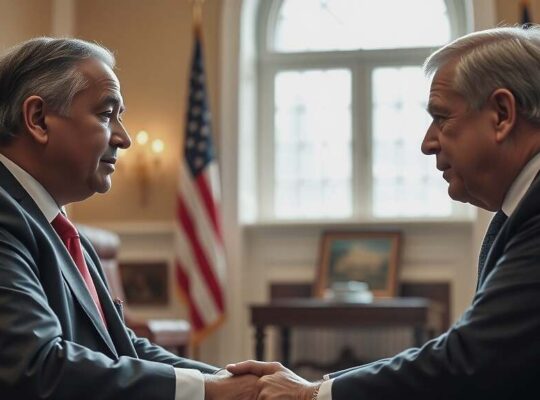The administration of US President Donald Trump has reportedly presented Ukraine with an ultimatum, demanding adherence to a sweeping 28-point plan within days, a move raising profound questions about Washington’s commitment to Kyiv and sparking a crisis for Ukrainian leadership. The document, reportedly the product of ongoing negotiations with Russia, outlines significant territorial concessions, military restrictions and constitutional changes that would fundamentally reshape the future of Ukraine.
President Volodymyr Zelenskyy acknowledged the immense pressure, stating in a video address that Ukraine faces a stark choice between compromising national dignity and risking the loss of vital international support. He hinted at a potential rupture with key partners, framing the situation as a decision between accepting the 28 points or confronting a potentially devastating winter. Zelenskyy emphasized ongoing collaboration with the US and its allies, but the tone suggested a degree of unease and precariousness.
Details revealed through Ukrainian government channels and media reports indicate the plan’s scope is startling. Key concessions include the formal cession of the Crimean Peninsula and the regions of Luhansk and Donetsk to Russia. Moscow would also gain control over significant portions of the Kherson and Zaporizhzhia regions along the current frontline. Crucially, the Zaporizhzhia Nuclear Power Plant, a source of constant anxiety throughout the conflict, would cease to be under Ukrainian control.
Beyond territorial losses, Ukraine would be obligated to substantially reduce the size of its armed forces and enshrine a commitment against NATO membership within its constitution. The plan stipulates that NATO would also preclude future expansion, effectively blocking Ukraine’s long-sought integration into the Western security architecture. While Ukraine would receive security guarantees, these would be conditional on the exclusion of NATO troops from its territory. Potential future integration into the European Union remains a hypothetical prospect contingent upon fulfilling the stipulations.
The proposed framework also includes an immediate ceasefire, alongside a Russian declaration recognizing Ukrainian sovereignty and a non-aggression pact – echoing previous, ultimately failed, agreements from the 1990s. A blanket amnesty for war crimes committed throughout the conflict is also a contentious element, potentially shielding perpetrators from accountability. Finally, the plan mandates accelerated new elections within Ukraine, raising concerns about their fairness and legitimacy amid ongoing conflict and displacement.
The sudden emergence of such a detailed and potentially transformative proposal has triggered immediate criticism within Ukraine and among its allies. Skeptics question the legitimacy of the negotiations that produced it and express concerns that Washington is prioritizing a swift de-escalation over upholding Ukraine’s sovereignty and territorial integrity. The reported involvement of US Vice President JD Vance and Secretary of the Army Daniel Driscoll in recent discussions has added to the political fallout, prompting scrutiny of the administration’s strategy and potential motivations. The move risks not only precipitating a crisis in Ukraine’s relationship with the West but also fundamentally altering the geopolitical landscape of Eastern Europe.












